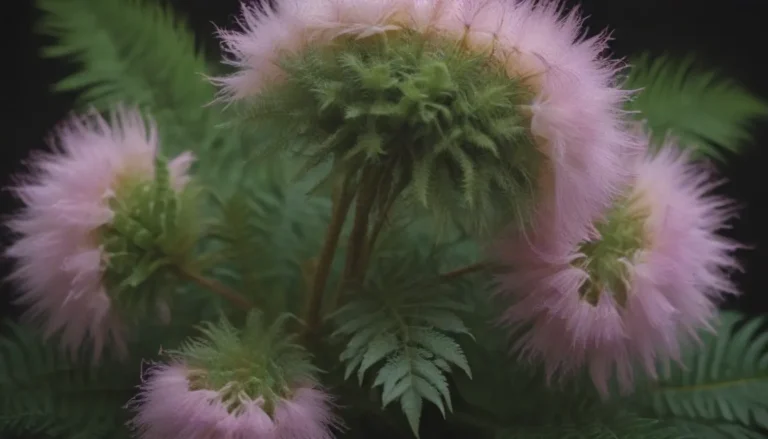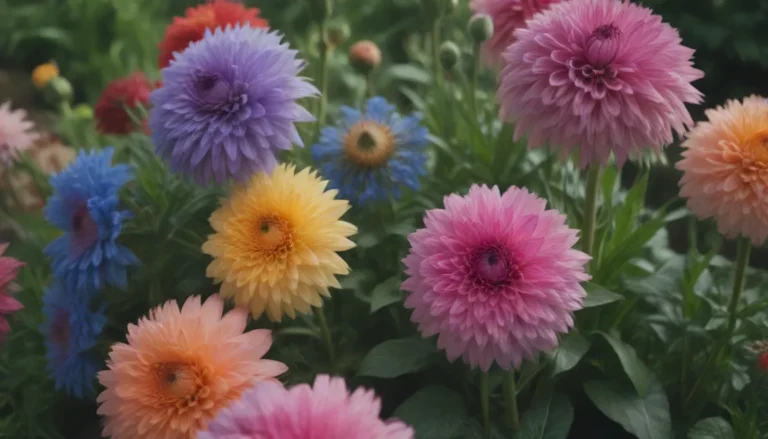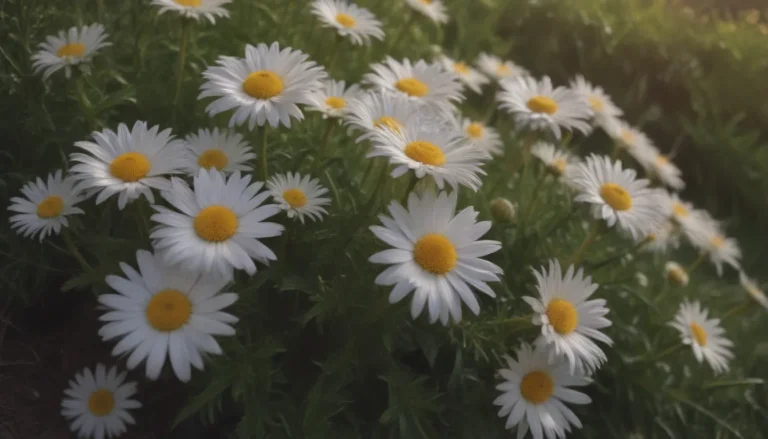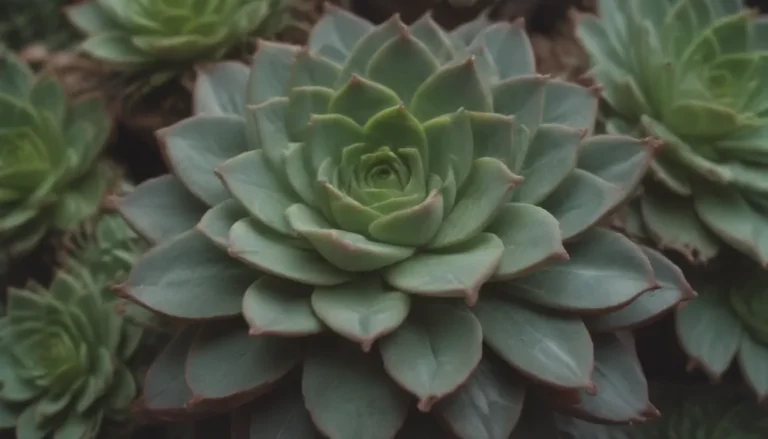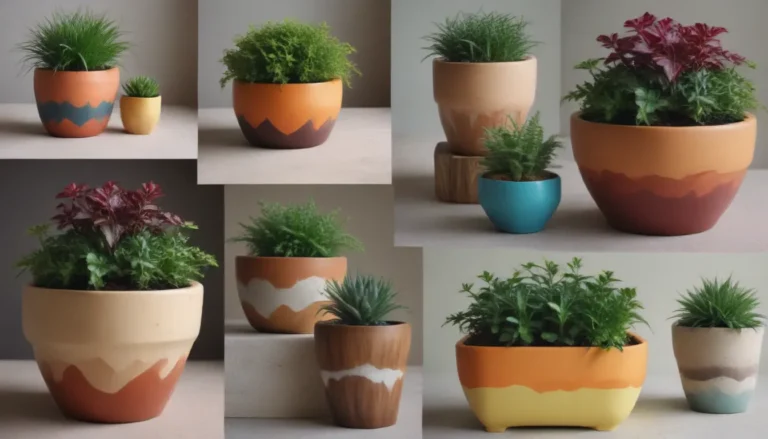A Comprehensive Guide to Growing and Caring for Golden Alexander

Have you ever come across the beautiful golden Alexander while exploring the natural landscapes of eastern North America? This early-blooming wildflower, also known as Zizia aurea, belongs to the carrot family and adds a delightful pop of color with its bright yellow flowers. In this extensive guide, we will delve deeper into how you can grow and care for this native perennial in your own garden.
Discovering the Charming Golden Alexander
The golden Alexander boasts well-formed branches, sturdy stems, and serrated green leaves that create a picturesque meadow wildflower appearance. Its flat-topped flower umbels attract a variety of pollinating insects such as butterflies, bees, wasps, beetles, and flies. These insects contribute to the ecological balance of your garden, making golden Alexander a valuable addition for both its beauty and functionality.
Benefits of Golden Alexander:
- Native to eastern North America
- Attractive to birds and butterflies
- Low maintenance and rapid growth
- Adds vibrant color to the landscape
- Helps conserve meadows and wetlands
Golden Alexander Care Tips
To ensure your golden Alexander thrives in your garden, there are specific care requirements you need to consider. From choosing the right location to watering and fertilizing, here’s a breakdown of how you can provide the best care for this charming wildflower.
Light:
- Golden Alexander thrives in full or partial sun.
- It can also survive under light shade tree canopies.
Soil:
- Prefers somewhat rich neutral soil with good drainage.
- Can adapt to sandy or clay soils and slightly acidic conditions.
- Often found growing in boggy sites in its natural habitats.
Water:
- Benefits from consistent moisture during the growing season.
- Surprisingly drought-tolerant, making it suitable for varying conditions.
Temperature and Humidity:
- Enjoys somewhat moist conditions but can tolerate drought.
- Fairly resilient in hot summer weather, especially in its native habitats.
Fertilizer:
- Avoid unnecessary fertilization, as wildflowers like golden Alexander prefer nutrient-poor soil.
- Excessive fertilizer may cause the plant to become leggy and invasive.
How to Grow Golden Alexander From Seed
While golden Alexander is a native perennial that naturalizes readily, propagating it from seeds can be challenging as they are not widely available commercially. However, if you’re keen on growing this enchanting wildflower from seed, here’s how you can go about it:
- Gather seeds from a specialist native plant nursery or in the wild with caution.
- Cold stratify seeds for 2-3 months before spring planting.
- Consider winter sowing for better germination results.
- Expect flowering to begin in the second season after planting.
Potting and Repotting Golden Alexander
For those looking to add golden Alexander to their container gardens, this wildflower can make a lovely addition. Follow these simple steps for potting and repotting your golden Alexander:
- Plant in a container with drainage holes and fresh potting soil.
- Balance the plant’s medium texture with coarser or finer textured plants.
- Repot as needed to maintain healthy growth in your garden.
Overwintering Tips for Golden Alexander
As the cold months approach, it’s essential to prepare your golden Alexander for the winter season to ensure it thrives come springtime. Follow these overwintering tips to protect your plant:
- Cut back the plant to just above its crown in the fall.
- This can be done whether planted in a pot or in the ground.
- Golden Alexander will revive itself once the temperatures warm up.
Dealing With Common Pests and Diseases
While golden Alexander is generally low-maintenance and resilient, it may occasionally attract aphids. Luckily, these pests can be easily dealt with by spraying them off with water. Additionally, it’s important to differentiate golden Alexander from toxic look-alikes such as wild parsnip and Queen Anne’s lace. Understanding the distinct features of each plant can help you avoid any potential risks in your garden.
Embracing the Beauty of Golden Alexander
In conclusion, the golden Alexander is more than just a pretty wildflower—it’s a beneficial addition to any garden seeking to attract pollinators and conserve native plant species. By following the care tips outlined in this guide, you can enjoy the vibrant colors and ecological benefits that golden Alexander brings to your outdoor space. Whether you’re a seasoned gardener or a nature enthusiast, cultivating golden Alexander can be a rewarding experience that enhances the biodiversity of your landscape.
So, why not introduce this charming native wildflower to your garden and watch as it blooms with beauty and vitality? Golden Alexander is a true gem of eastern North America, waiting to brighten up your outdoor space with its golden hues and ecological contributions. Happy gardening! 🌼🌿

